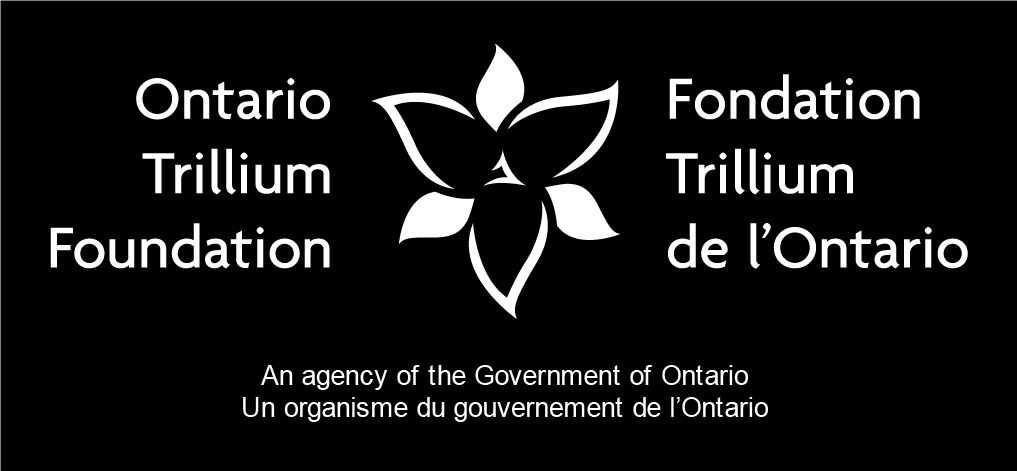Mary Anne
Barkhouse
ARK/ive VIRTUAL RESIDENCY
Ark/ive had its genesis in the early days of the pandemic … news of super-spreader events highlighted the risks of traditional gathering places. Almost overnight, venues that used to offer social, cultural and gastronomic sustenance instead morphed into locations of risk. Markets, night clubs, sporting arenas, concerts halls and churches sat empty as the global population held its collective breath …
Breath. The source of life. The source of contagion.
I am fortunate that I live in a rural area, well forested and teeming with wetlands and wildlife. I turned my time of isolation into a time of investigation. I have lived in this ecosystem for around 20 years, walking the trails through all four seasons, rain and shine (because the dog dictates that it must be so) …. noticing the resident birds versus the migratory visitors. Which trees tend to leaf out first … which ones lose their leaves last. Marvelling at how cold it can still be when the spring peepers start their yearly chorus.
“Don’t Panic. It’s the first helpful or intelligible thing anybody’s said to me all day.”
But how well do I really know this slice of land? Can I ever truly know it, in all its complexity?
Ark/ive is my endeavour to look more closely at my non-human neighbours in this environmental community. I photograph and research the flora and fauna as they present themselves in my path, adding to my existing knowledge of who lives here, how and why.
And the pew in the forest? While I was raised within an Anglican tradition I later gravitated to the gospel according to Johnny Rotten (cue intro to Public Image’s Religion … a grinding howling indictment of all that can go wrong when faith takes an ugly turn …). Regardless of one’s belief system, a pew still provides a splendid perch for contemplation. Especially when the hallowed halls are replaced by a mixture of coniferous and deciduous trees. In times of pandemic such as these, an infinitely safer place to be.
Arbor vitae indeed.
[et_pb_button button_url=”#activities” button_text=”Activities” button_alignment=”center” admin_label=”Gallery Button” _builder_version=”4.9.2″ custom_button=”on” button_text_color=”#1a1a1a” button_border_radius=”0px” button_letter_spacing=”4px” button_font=”Raleway|700||on|||||” button_icon=”%%3%%” button_icon_color=”#1a1a1a” custom_margin=”|40px||40px|false|true” animation_style=”zoom” animation_intensity_zoom=”10%” button_border_color_hover=”#1a1a1a” button_border_radius_hover=”0px” button_letter_spacing_hover=”4px” button_bg_color_hover=”rgba(0,0,0,0)” button_text_size__hover_enabled=”off” button_one_text_size__hover_enabled=”off” button_two_text_size__hover_enabled=”off” button_text_color__hover_enabled=”off” button_one_text_color__hover_enabled=”off” button_two_text_color__hover_enabled=”off” button_border_width__hover_enabled=”off” button_one_border_width__hover_enabled=”off” button_two_border_width__hover_enabled=”off” button_border_color__hover_enabled=”on” button_border_color__hover=”#1a1a1a” button_one_border_color__hover_enabled=”off” button_two_border_color__hover_enabled=”off” button_border_radius__hover_enabled=”on” button_border_radius__hover=”0px” butt
on_one_border_radius__hover_enabled=”off” button_two_border_radius__hover_enabled=”off” button_letter_spacing__hover_enabled=”off|desktop” button_letter_spacing__hover=”4px” button_one_letter_spacing__hover_enabled=”off” button_two_letter_spacing__hover_enabled=”off” button_bg_color__hover_enabled=”on” button_bg_color__hover=”rgba(0,0,0,0)” button_one_bg_color__hover_enabled=”off” button_two_bg_color__hover_enabled=”off”]
The Artist
Mary Anne Barkhouse was born in Vancouver, British Columbia but has strong ties to both coasts as her mother is from the Nimpkish band, Kwakiutl First Nation of Alert Bay, BC and her father is of German and British descent from Nova Scotia. She is a descendant of a long line of internationally recognized Northwest Coast artists that includes Ellen Neel, Mungo Martin and Charlie James. She graduated with Honours from the Ontario College of Art in Toronto and has exhibited widely across Canada and the United States.
As a result of personal and family experience with land and water stewardship, Barkhouse’s work examines ecological concerns and intersections of culture through the use of animal imagery. Inspired by issues surrounding empire and survival, Barkhouse creates installations that evoke consideration of the self as a response to history and environment.
A member of the Royal Canadian Academy of Arts, Barkhouse’s work can be found in numerous private and public collections.
Trail Blog
Throughout Barkhouse’s digital residency, she meticulously documented the wildlife that she encountered while scouting the site, the process of making the artwork, and installed a trail cam to capture the quiet interactions between wildlife and installation. Click through for images and captions by the artist.
Activities
[et_pb_divider color=”#ed4441″ divider_position=”center” divider_weight=”3px” disabled_on=”off|off|off” _builder_version=”3.2″ max_width=”150px” module_alignment=”center” height=”false” custom_margin=”30px|||” animation_style=”slide” animation_direction=”top” animation_delay=”100ms” animation_intensity_slide=”10%” locked=”off”]
Where optimal natural environments for bats are limited, installing a bat house is meaningful and a great way to connect to the world of bat conservation. In this DIY project inspired by Ark/ive, youth will prep and construct a bat house out of reclaimed wood to install outdoors.
Prepare a special treat for our feathered friends! In this DIY project inspired by Ark/ive, families will create their own molded bird feeders out of gelatin and bird seed. Once your feeders are complete, have some fun outdoors, watching and identifying the species of birds local to you!
This activity can be completed anytime with materials commonly found at home.
6 kits available
Where optimal natural environments for bats are limited, installing a bat house is meaningful and a great way to connect to the world of bat conservation. In this DIY project inspired by Ark/ive, youth will prep and construct a bat house out of reclaimed wood to install outdoors.
Prepare a special treat for our feathered friends! In this DIY project inspired by Ark/ive, families will create their own molded bird feeders out of gelatin and bird seed. Once your feeders are complete, have some fun outdoors, watching and identifying the species of birds local to you!
This activity can be completed anytime with materials commonly found at home.
Resources
Woodlands Wildlife Sanctuary
Woodlands Wildlife Sanctuary is a wildlife rehabilitation centre located in the Haliburton Highlands in Minden, Ontario. Their mission is to rehabilitate and release orphaned and injured wildlife and to maintain a sanctuary for suitable non-releaseable wildlife for the purpose of public education and fostering of species. They also strive to educate and promote awareness, respect and responsibility for our natural environment and its inhabitants.
Haliburton Highlands Land Trust
The Haliburton Highlands Land Trust is a community-based, not-for-profit, non-governmental charity in Haliburton County. The Land Trust works to conserve the plants, wildlife and clean water of Haliburton County to ensure a legacy of forests, fields and wetlands, and the species they nurture.
Turtle Guardians
Turtle Guardians work hard to save turtles and the natural biosphere and habitats where they are found! They do this by connecting kids and communities with nature, by researching turtles and their habitats, and by applying solutions to limit threats. They believe kids are our future, nature is a source of healing and inspiration, and our communities are vital areas for connections and growth. Turtles are amazing creatures that can inspire all people to become involved in conservation.
Do you have a question?
Ark/ive has been made possible through the support of the Canada Council for the Arts’ Digital Originals initiative.










